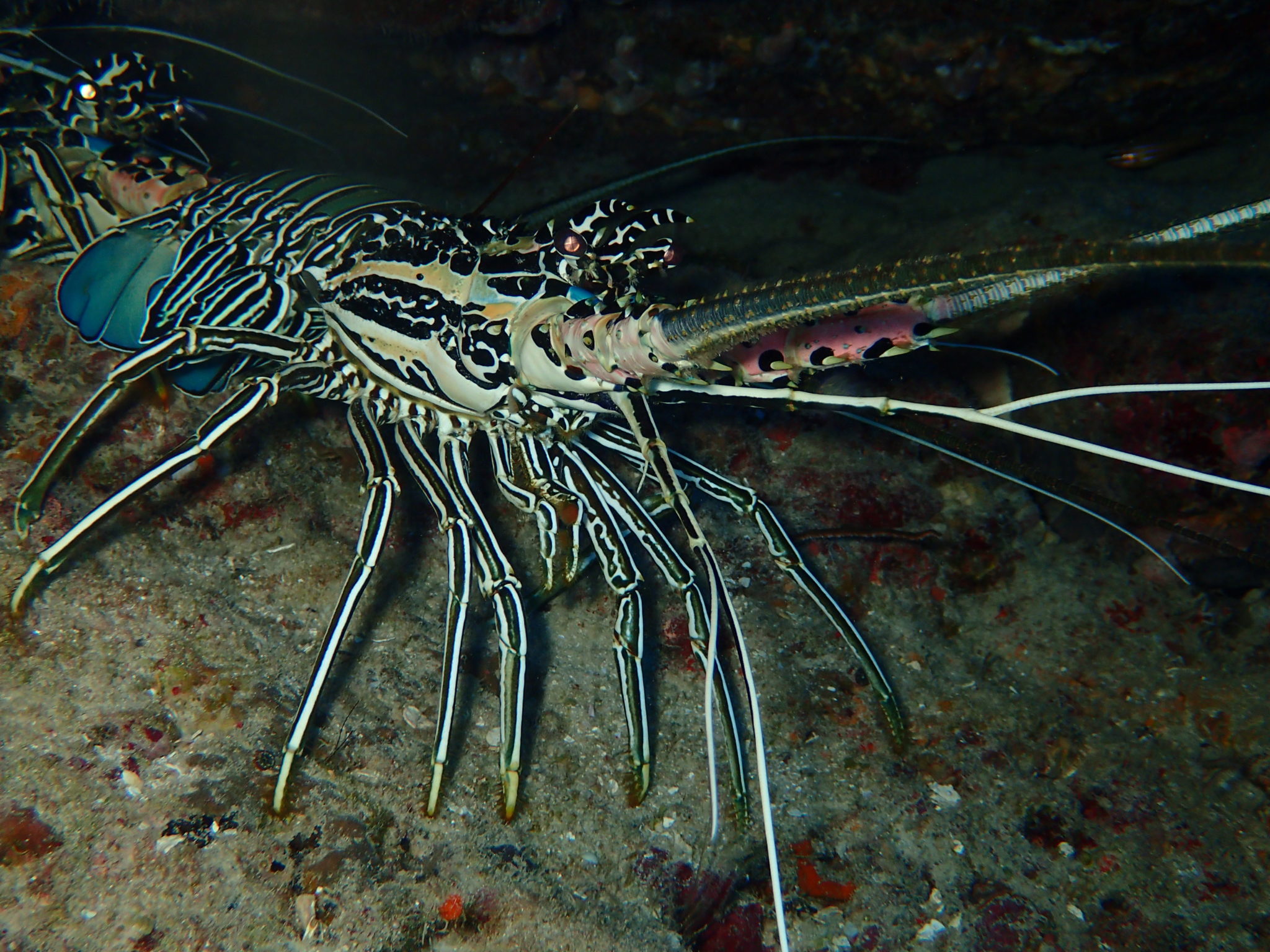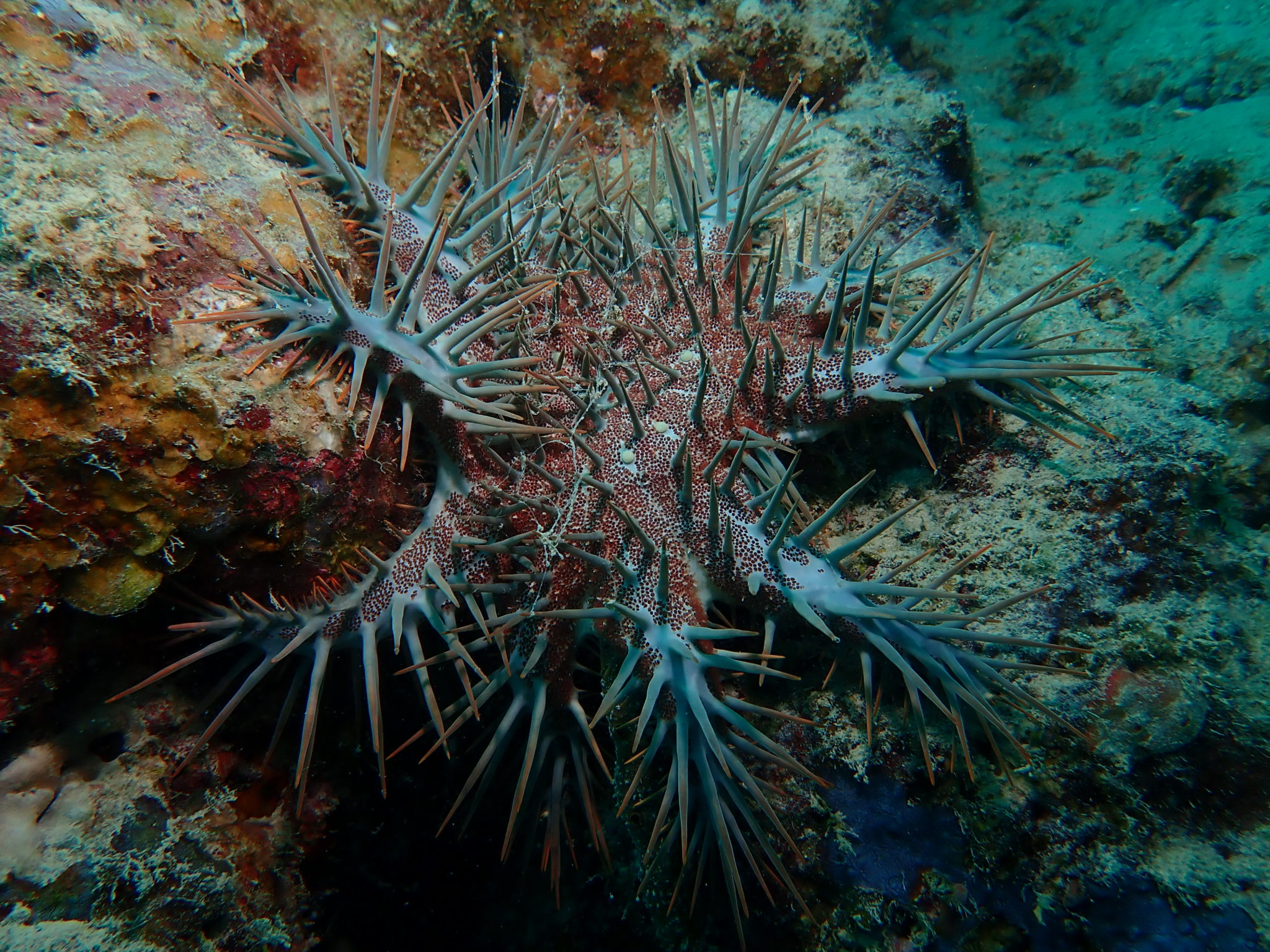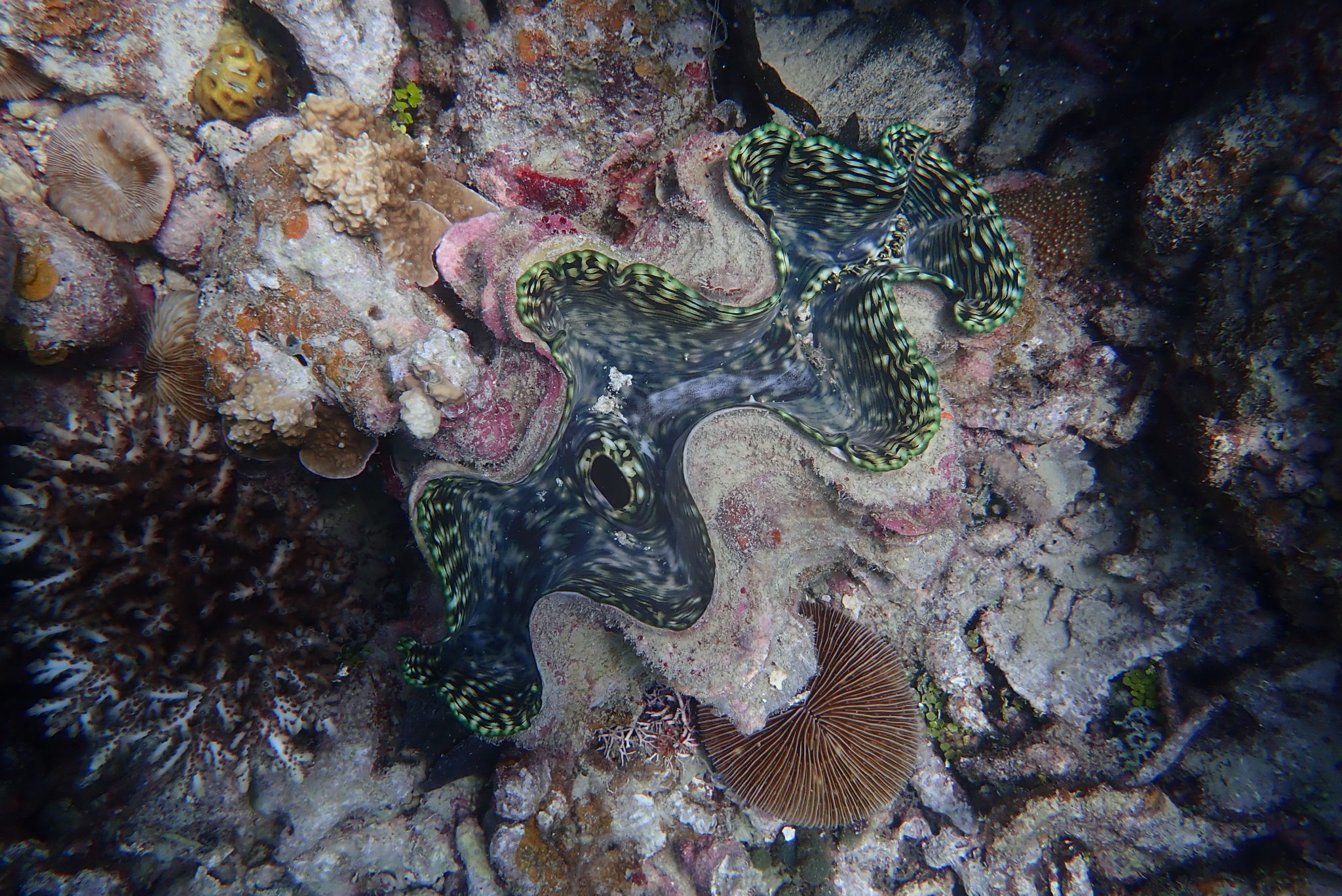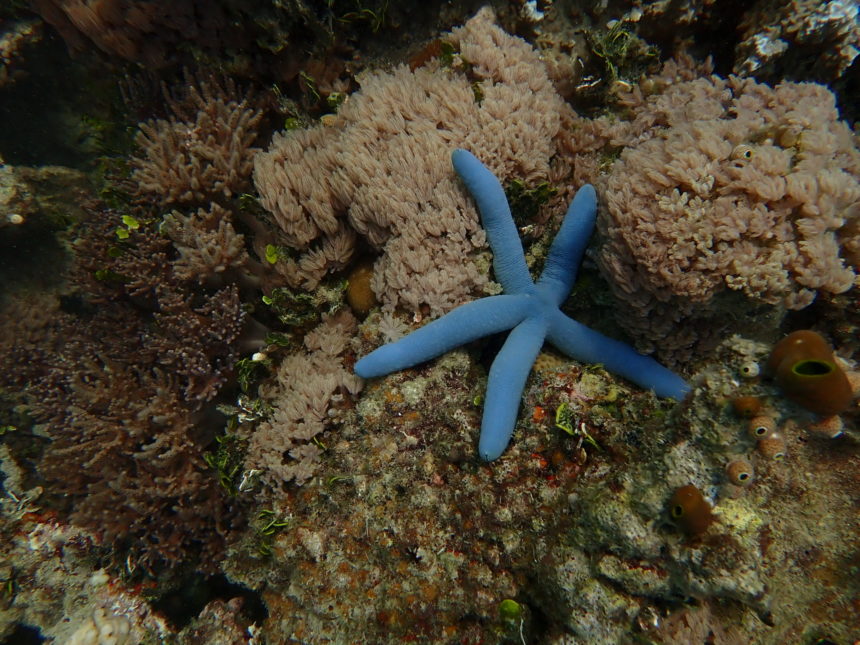Sea creatures come in different sizes, shapes and they live in different ocean depths. Some swim, float, and others live on, in, or near the seabed, also known as the benthic zone. Organisms that live in the benthic zone are called benthos, the term itself comes from the Greek word meaning “depth of sea.” Well-known sea animals like starfish, sea urchins and clams are categorized as benthos and they have important roles not only in the marine ecosystem but also for research and monitoring. Here are some interesting facts about them:
Economical vs. non-economical megabenthos

To be precise, the animals mentioned above are actually called megabenthos as they are larger than 10mm, but the term benthos is more common in everyday language. There are two categories under megabenthos: economical and non-economical. Economical megabenthos are those that can be utilized by humans such as lobsters. Meanwhile, the non-economical megabenthos are further divided into two different groups: those that feed on coral polyps like crown-of-thorns starfish and those that have the potential to be used as bio-indicators like clams.
Benthos as marine health parameter

Benthos are quick to respond to any environmental changes in their habitat and they have different levels of tolerance towards these changes. For this year’s Reef Health Monitoring (RHM) that we did on Bawah Island and in Kiabu, we recorded the presence of benthos as supporting data to measure the reef health in both areas and to evaluate the success of our conservation programs. Some animals that we used as parameters were crown-of-thorns starfish (Acanthaster plancii), blue sea star (Linckia laevigata), giant clams (Tridacna), sea snails and sea cucumbers.
Declining benthos populations

Sadly, several benthos such as clams and sea snails (Trochus niloticus) have been in rapid decline for years, a couple of clam species namely Tridacna gigas (giant clam) dan Hippopus hippopus (horse hoof clam) are even listed as vulnerable on the IUCN Red List. Apart from environmental pollution, sedimentation and coastal development, benthos like clams and lobsters are overfished for food. In Kiabu Village for example where our marine conservation is based, clams have been part of the community’s local dishes for years.
Protecting benthos populations in Anambas
Part of our marine conservation program is to educate the local communities about our work and marine ecosystems. In Kiabu, we continue to raise awareness on the environmental impact of overexploiting clams and we also encourage community involvement in our conservation activities.
This year, we have a new initiative called Coral and Giant Clam Garden (CGCG) that is inspired by clam gardens on Derawan Island and Lemukutan Island in Kalimantan. This will be an underwater sanctuary for the free-living clams that we rescue from unsafe areas. We are currently in the process of finding a safe location in and around Kiabu to set up the garden. This Coral and Giant Clam Garden has the potential to become a tourist attraction in the future and will help boost ecotourism in the Anambas Islands.

